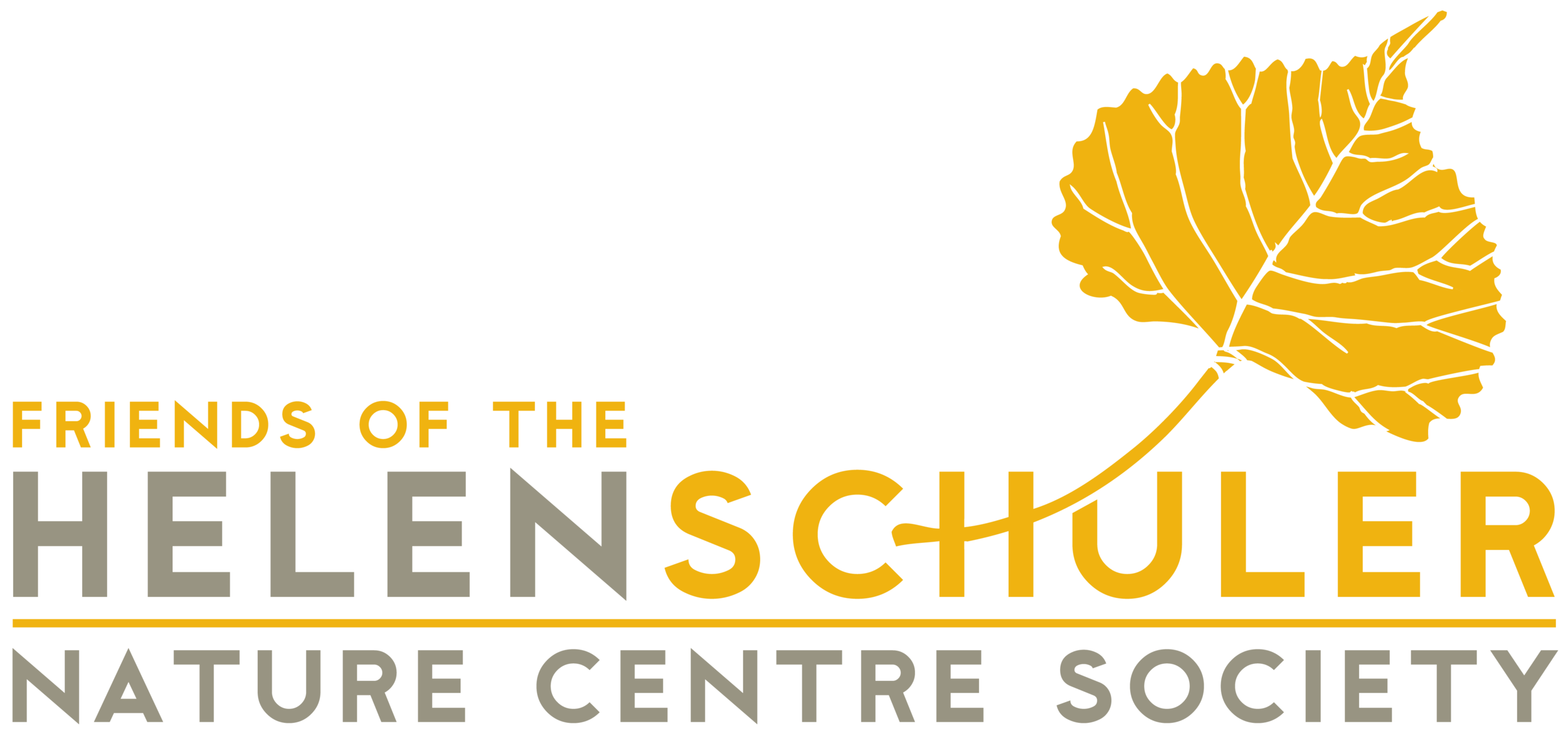Light pollution is problematic for wildlife
Currently there is an initiative being advanced regarding the potential to develop a Light Nuisance Bylaw for Lethbridge. It is important as it considers the impacts of light pollution not only on people in our community but also on the many other species that live here.
Light pollution impacts our local ecosystems in many different ways. Every year, billions of birds migrate in the spring and fall. It is estimated that 80% of these migratory birds fly at night, navigating using the moon, stars, and night sky. As they pass over cities, they can become disoriented by bright artificial lights and sky glow. Light attracts and disorients migrating birds, confusing and exhausting them as well as making them vulnerable.
Pollinators that are active at night, such as moths, can also be negatively impacted by artificial light. This leads to a disruption in pollination and a reduction in the amount of fruit produced by plants, which can have far-reaching impacts on local food security across the entire food chain. Night lighting has also been found to increase predation of nocturnal insects and disrupt reproduction. Moths are important pollinators but they are also an important food source for many animals like birds, bats and spiders. Declines in moth populations have a direct impact on many other local plant and animal species.
Developing a Light Nuisance Bylaw for Lethbridge would allow people to become more aware of simple steps we can all take to reduce our impact on the local environment. By using light fixtures that are shielded, so they direct light only where it is needed, and using outdoor lights only when necessary we can help to reduce the impacts of light pollution in our community.
Thank you for considering the far-reaching impacts of light pollution on our community.

